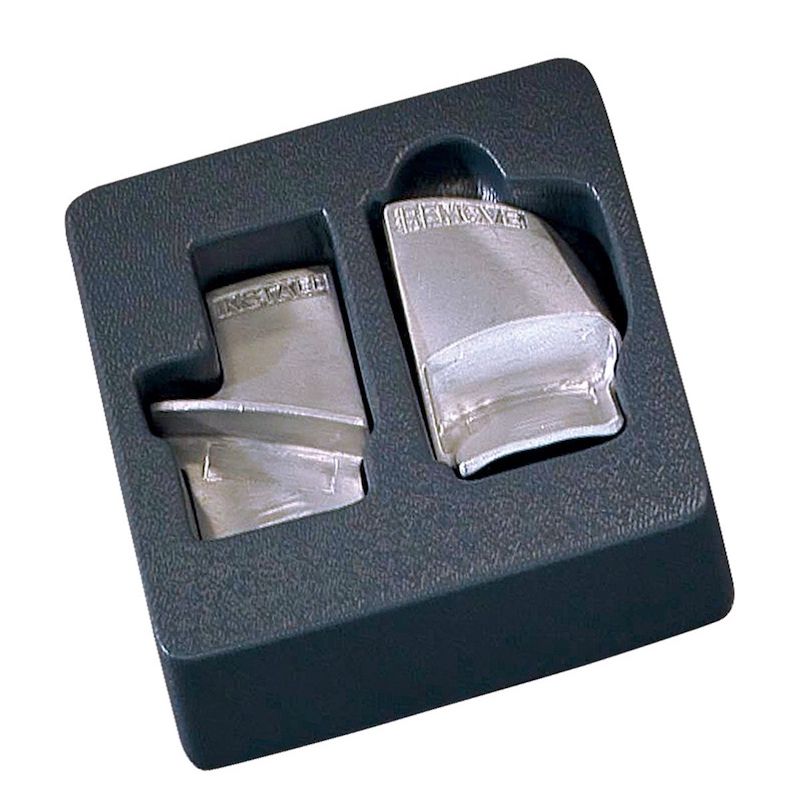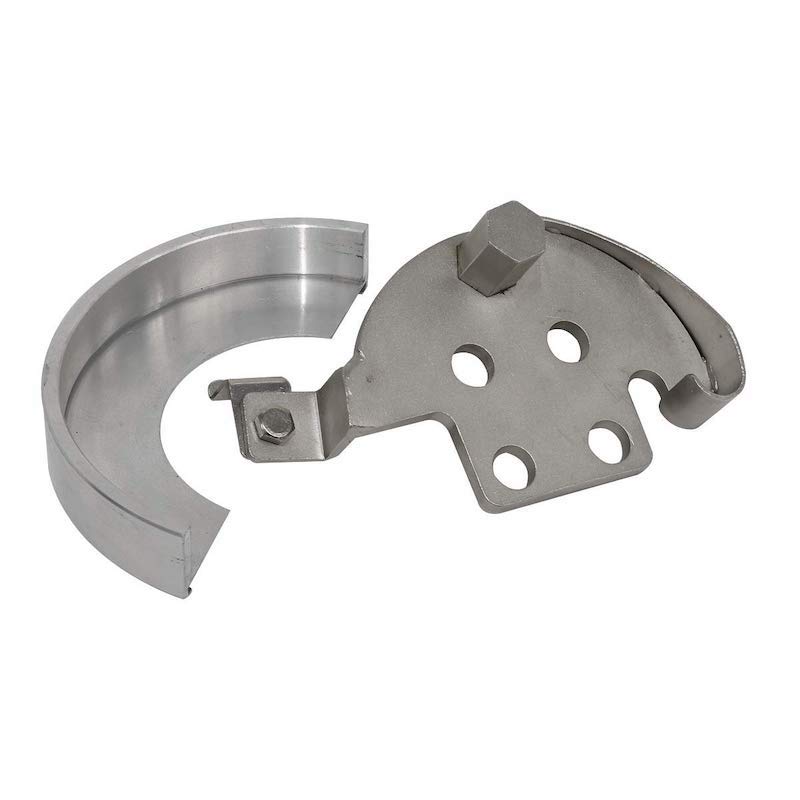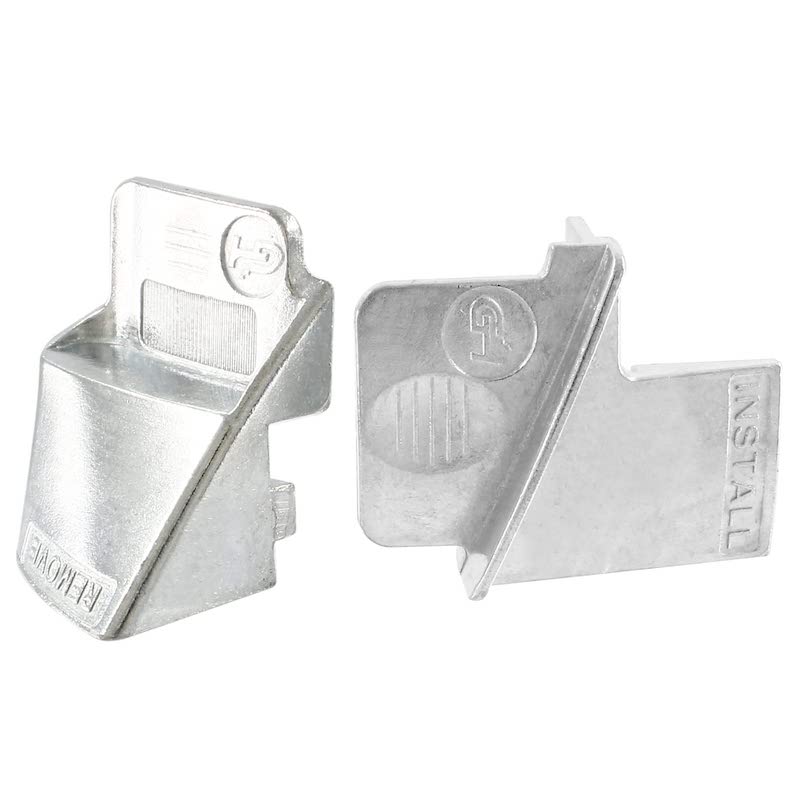Introduction
A stretch belt tool is a handy device used for installing and removing stretch belts on various automotive applications. Stretch belts, also known as elastic belts or serpentine belts, are used in modern engines to drive several components such as the alternator, water pump, power steering pump, and air conditioning compressor. These belts do not have any tensioner or adjustment pulley and rely on their elasticity to maintain proper tension. This unique design requires a different approach when installing or removing them, and this is where a stretch belt tool comes in.
In the world of automotive repairs, having the right tools for the job is essential. One such tool that is commonly used in the repair and maintenance of vehicles is the stretch belt tool. This handy device is designed to assist in the installation and removal of stretch belts, making the process much easier and more efficient. In this article, we will explore the ins and outs of stretch belt tools, including its uses, benefits, and how to choose the right one for your needs.
Part 1: What is a Stretch Belt Tool?
In addition to installation, a stretch belt tool can also be essential for removing a stretch belt without damaging it or the surrounding components. The tool allows for controlled stretching of the belt, making it easier to slip off the pulleys without the risk of sudden release and potential injury.
Stretch belt tools is the valuable addition to any automotive technician’s toolbox. It makes the task of working with stretch belts much more manageable and safer, ensuring proper tension and reducing the risk of damage or injury. Whether in a professional garage or home workshop, a stretch belt tool is a worthwhile investment for anyone working on vehicles equipped with stretch belts.
Level 1: The basics of a stretch belt tool
A stretch belt tool is a specialized tool that is used to install and remove stretch belts on a vehicle’s engine. These belts are commonly found in modern vehicles and are designed to provide a more secure and efficient means of transferring power from the engine to various components, such as the alternator, water pump, and air conditioning compressor.
Level 2: How stretch belt tools work
The stretch belt tool works by allowing the user to easily stretch the belt and slip it over the pulleys. Eliminating the need for excessive force or the risk of damaging the belt. The tool typically consists of a handle and a set of arms that can be adjusted to fit the specific size and shape of the stretch belt being installed or removed.
Part 2: Uses of a Stretch Belt Tool
Level 1: Installing stretch belts
One of the primary uses of stretch belt tools is for installing stretch belts onto a vehicle’s engine. This process can be quite difficult and time-consuming without the proper tool, as the belts need to be stretched over the pulleys in a precise and controlled manner.
Level 2: Removing stretch belts
In addition to installing stretch belts, the stretch belt tool is also used for removing them. This can be equally challenging without the right tool, as the stretch belts can become tightly wedged onto the pulleys. Making them difficult to remove by hand.
Part 3: Benefits of Using a Stretch Belt Tool
Level 1: Time-saving
Using stretch belt tools can save a significant amount of time when installing or removing stretch belts. The tool allows for quick and easy maneuvering of the belt. Eliminating the need for multiple attempts to get it in place.
Level 2: Preventing damage
When installing or removing stretch belts without a proper tool, there is a risk of damaging the belt or the pulleys. The stretch belt tool helps to prevent such damage by providing a controlled and even distribution of force during the process.
Part 4: Choosing the Right Stretch Belt Tool
Level 1: Consider the size and shape of the belt
When choosing stretch belt tools, it is important to consider the size and shape of the stretch belts you will be working with. Different tools can accommodate different belt sizes and configurations, so be sure to choose one that is suitable for your specific needs.
Level 2: Quality and durability
The quality and durability of the stretch belt tools are also important factors to consider. Look for a tool that is made from high-quality materials and is designed to withstand the rigors of frequent use.
Part 5: Tips for Using a Stretch Belt Tool
Level 1: Familiarize yourself with the tool
Before using stretch belt tools, take the time to familiarize yourself with its features and how it operates. This will help to ensure that you use the tool correctly and safely.
Level 2: Follow the manufacturer’s instructions
Always follow the manufacturer’s instructions when using stretch belt tools. This will help to prevent damage to the tool or the belts, and ensure that the process is carried out effectively.
Part 6: Benefits of Using a Stretch Belt Tool
Level 1: Increased Efficiency
Using stretch belt tools can significantly improve the efficiency of belt replacement. The tool can properly tension the belt, ensuring that it is installed correctly. This can reduce the risk of potential damage to the belt and other engine components, saving time and money on future repairs.
Level 2: Versatility
The stretch belt tools is the versatile piece of equipment on a wide range of vehicles. Whether you are working on a car, truck, or SUV, having stretch belt tools in your arsenal can make the belt replacement process much easier and more precise. This versatility makes it a valuable tool for mechanics and DIY enthusiasts alike.
Part 7: Tips for Using a Stretch Belt Tool
Level 1: Read the Instructions
Before using stretch belt tools, it is important to carefully read the instructions that come with the tool. Different tools may have varying methods of use. So it’s crucial to understand the specific guidelines for the tool you are using.
Level 2: Inspect the Belt
Before using stretch belt tools, inspect the belt for any signs of wear or damage. It’s important to replace the belt if there are any issues, as using a damaged belt with the tool can lead to further complications. By ensuring the belt is in good condition, you can maximize the effectiveness of stretch belt tools.
Part 8: Maintenance of a Stretch Belt Tool
Level 1: Regular Cleaning
To maintain the functionality of stretch belt tools, it’s important to keep it clean and free of debris. Regularly wipe down the tool with a clean cloth and, if necessary, use a small brush to remove any build-up in the mechanism.
Level 2: Lubrication
Proper lubrication is essential for the smooth operation of stretch belt tools. Applying a small amount of lubricant to the moving parts of the tool can reduce friction and extend its lifespan. It’s important to use a lubricant that is compatible with the material of the tool to prevent damage. Regularly inspecting and maintaining the tool will ensure it remains in good working condition for future use.
Conclusion
The tool typically consists of a pair of prongs that securely grip the belt and a handle that allows the user to stretch the belt and slip it over the appropriate pulleys easily. The prongs can accommodate the width of the belt and ensure a tight grip without damaging or deforming the belt. Some models may also feature a ratcheting mechanism that allows for a more controlled and precise stretching of the belt.
The stretch belt tools is the valuable asset for anyone working on modern vehicles that utilize stretch belts. It offers a quick, efficient, and safe means of installing and removing these belts. Ultimately saving time and preventing unnecessary damage. Understanding the uses, benefits, and how to choose and use right stretch belt tools. You can make your automotive repair and maintenance tasks much easier and more successful.



